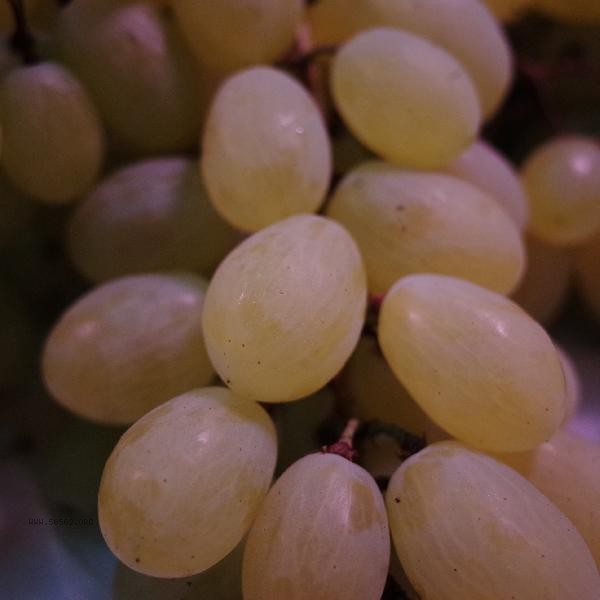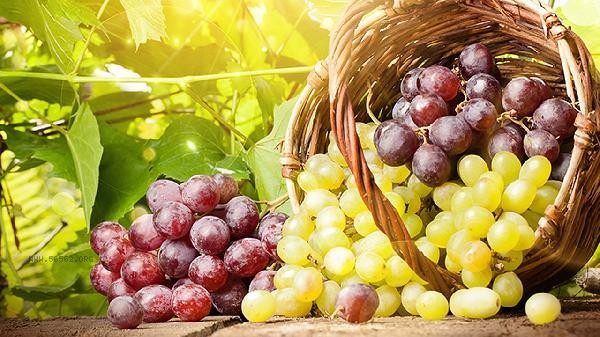The sweetest part of grapes is usually near the top of the stem. The sweetness distribution of grapes is closely related to the growth structure and sugar accumulation mode of the fruit, and there may be slight differences in the sweetness distribution of different varieties. During the ripening process of grapes, sugar is transported to the fruit through the stem, and the top accumulates sugar preferentially due to its proximity to the transport tissue. The outer side of fruit grains with more sunlight exposure will also increase local sugar concentration due to enhanced photosynthesis. Some seedless varieties have a more uniform distribution of sweetness due to concentrated nutrient supply to the flesh, but still maintain a slight advantage at the top. Some grapes with special cultivation environments may experience abnormal sweetness, such as excessive drought causing sugar concentration near the stem, or excessive rainfall causing sugar dilution at the top. Grapes grown in greenhouses have uniform light exposure and small differences in sweetness distribution, but still retain a slight advantage at the top. Extreme weather conditions during the later stages of fruit development may also disrupt the normal distribution of sugar.

When selecting grapes, the uniformity of the color of the fruit grains and the completeness of the fruit powder can be observed. Fruits with slightly wrinkled tops usually have better maturity. Keeping the fruit stem during cleaning can reduce nutrient loss. For those with gastrointestinal sensitivity, it is recommended to remove the skin and consume trace amounts of tannins that may remain near the fruit stem. The daily consumption should be controlled within 15 capsules. diabetes patients need to monitor the changes in blood sugar to avoid eating with high oxalic acid foods that affect mineral absorption.










Comments (0)
Leave a Comment
No comments yet
Be the first to share your thoughts!